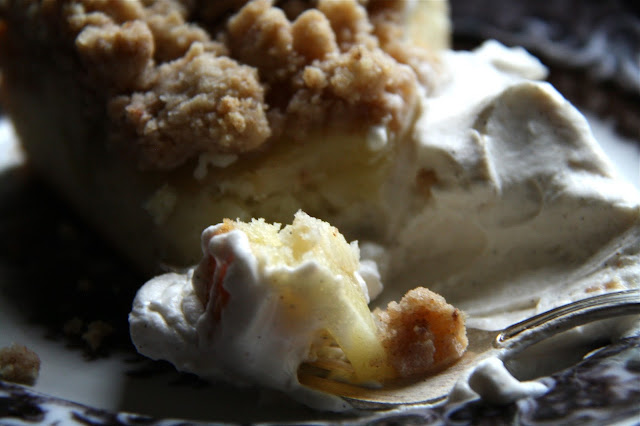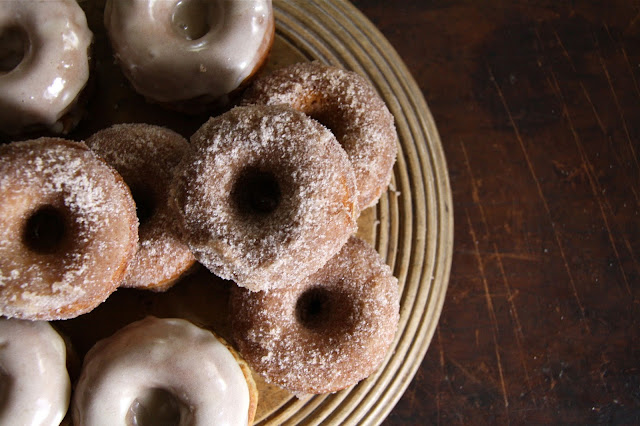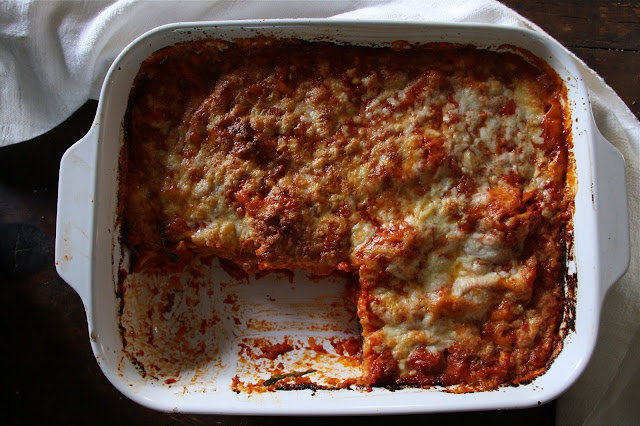Over the weekend I had the opportunity to be one of the ten thousand volunteers at the Chicago Marathon. A few months back several of us decided to volunteer at one of the water stations to support the larger running community and, more importantly, to cheer on the runners from our half-marathon and marathon training group. Maybe it was having run two marathons in my first running life that made the day emotionally exhausting for me. For reasons a little hard to explain, tears welled up in my eyes several times as I watched the runners run by our water station. But I'll try. Until you actually run a marathon, it's hard to fully understand the emotional and physical toll the training as well as the marathon itself takes on your spirit and body. It should almost be considered a kind of extreme sport as your psyche runs the gamut from being exhilarated to being enervated. All sometimes within a five minute period of time. Watching from the ten and a half mile mark (they had 15.7 miles more to go), the determination on the faces of those who were running strong as well as those already starting to struggle (trust me, I know what struggle looks like) was clearly evident. Standing on the sidelines holding out cups of water, I could almost feel the collective joy, pain, and angst of every one of the first time and seasoned marathoners as they passed by. It was almost too much to take in. My weepiness reflected how simultaneously inspiring and depleting it felt being just there. By the time I eventually got back home, my body felt as if it had vicariously run that marathon with them.
Had this Cinnamon and Apple Crumble been in the house waiting for me when I got home, I may have allowed myself to eat more than a single piece. One with a generous side of cinnamon whipped cream of course. But I didn't discover the recipe for this crumble until I was scrolling through some of the recipes posted by a recently discovered fellow blogger, Meike Peters in the middle of the night (exhaustion sometimes leads to sleeplessness). As is often the case with recipes shared by food bloggers living in other countries (Meike currently lives in Berlin), the ingredient amounts are in metric form (not a problem when using a scale) and some ingredients (e.g., Boscoop apples) are indigenous to different parts of the world and not yet available in the states. Minor obstacles, especially when one is motivated to make a recipe.
The Cinnamon and Apple Crumble is part cake, part crumble, and pure deliciousness. It is the best of both worlds combined into a single dessert. Once you too feel compelled to make this cake, the only decision left will be whether to serve it as a dessert, for breakfast, as a reward, or for some or all of the aforementioned reasons.
Years ago I bought an OXO food scale. Not only has it enabled me to measure ingredients in either ounces or grams, it has been invaluable in ensuring accuracy and consistency. With more and more cookbooks listing recipes in metric form and more recipes emanating from all over the world (where grams are the standard unit of measure), the scale has become an invaluable kitchen tool. If you have not yet invested in one of these scales, I have provided conversions for you in the recipe listed below. Meike's recipe called for the use of Boscoop apples which, I have to admit, were a variety of apple I had never heard of before. Quite possibly because these medium-sized, yellow with a red blush skinned, tart apples are primarily available in the Netherlands and France (two places I have not yet traveled to). The closest 'American' version of this apple would be a Granny Smith.
There are essentially three layers to this Cinnamon and Apple Crumble: The base cake layer, the apple layer, and the crumble layer. It comes together easiest if you begin by first making the base cake layer. The cake batter can be made in a standing mixer fitted with a paddle attachment (or a handheld mixer). Once all of the ingredients are blended, it has a beautiful consistency and spreads easily in a prepared 10 inch springform pan.
To add a bit more cinnamon flavor to the crumble, I sprinkled the sliced apples with a cinnamon-sugar mixture (see recipe below). Note: Lightly press the sliced apples into the cake layer before sprinkling with the cinnamon sugar and/or topping with the crumble mixture.
The consistency of the crumble mixture was perfect. However, if for some reason yours turns out a bit dry, add a little more melted butter. And if too wet, add a little more flour, one tablespoon at a time. It should be wet and crumbly, not sticky or dry.
The Cinnamon and Apple Crumble is baked in a preheated 355 degree (F) oven for 50-55 minutes. The crumble is done when the top is beautifully browned and a tester inserted into the cake comes out clean. Allow the cake to rest in the pan 15-20 minutes before running a knife along the edge of the cake and transferring cake to a cake stand or platter. Note: Do not remove the cake from the springform bottom while hot and/or warm. I served my crumble with the bottom still under it.
Freshly whipped Cinnamon Whip Cream or vanilla ice cream are the proverbial icing on the cake, or in this case crumble, accompaniments.
Made in a 10 inch springform pan, this cake generously serves 10-12 people.
No matter how many apple recipes you have in your repertoire, you need to make room for one more. This one. With apple season in full swing here in the states, this Cinnamon and Apple Crumble is yet another reason to make a trip to an apple orchard (or the market) sooner rather than later.
Cinnamon and Apple Crumble (slight adaptation to Meike Peter's Apple and Cinnamon Crumble recipe)
Serves 10-12
Ingredients
Cake
125 grams of unsalted butter, room temperature (or 9 1/2 Tablespoons)
3 large eggs, room temperature
2 teaspoons baking powder
1 teaspoon vanilla paste (or 1 teaspoon vanilla or 1 teaspoon of commercially made vanilla sugar)
Pinch of kosher salt
125 grams of granulated sugar (or slightly less than 2/3 cup)
250 grams of all-purpose flour (or 1 3/4 cups plus 1 generous Tablespoon)
4-5 Granny Smith apples, peeled, cored, halved, and cut into 1/4 inch slices
Crumble
125 grams of unsalted butter (or 9 1/2 Tablespoons), melted
125 grams of granulated sugar (or slightly less than 2/3 cup)
1 teaspoon vanilla paste (or 1 teaspoon vanilla or 1 teaspoon of commercial vanilla sugar)
2 teaspoons cinnamon
200 grams all-purpose flour (or 1 1/2 cups plus 1 Tablespoon)
Cinnamon Whipped Cream
1/2 pint heavy whipping cream
2 Tablespoon confectionary sugar
1/4 teaspoon cinnamon
1/2 teaspoon vanilla paste (or vanilla)
Directions
Cake
1. Preheat oven to 355 degrees (F). Butter and/or spray a 10 inch springform pan and set aside.
2. Whisk together the flour, baking powder, and salt. Set aside.
3. In a standing mixer fitted with a paddle attachment, cream butter. Add sugar and beat until light and fluffy (approximately 3-4 minutes).
4. Add in eggs one at a time, beating well after each addition. Note: Scrape sides of bowl between egg addition.
5. Blend in flour mixture, beating on low until well blended.
6. Spread cake batter in prepared plan.
7. Arrange the apples on top of the batter, pressing lightly into the batter. Note: I sprinkled the top of the apples with a cinnamon sugar mixture before topping with the crumble. To make the cinnamon-sugar mixture, blend together 1/4 teaspoon cinnamon and 1 Tablespoon of caster or granulated sugar.
Crumble
1. In a medium sized bowl, blend the flour, sugar, cinnamon and melted butter until crumbles form. Note: If the mixture is too dry, add some additional butter. If too wet, add more flour, 1 Tablespoon at at time.
2. Sprinkle the crumble mixture evenly over top of the apples.
3. Place baking pan in the preheated oven. Bake for 50-55 minutes or until top is golden and a skewer comes out clean when inserted into the cake. Allow cake to cool in pan for 10-15 minutes. Run a knife along the edge of the cake and remove springform pan ring. Transfer cake to a plate or platter.
Cinnamon Whipped Cream
1. In a mixer fitted with a whisk attachment, whip cream at high speed until soft peaks form.
2. Add confectionary sugar, vanilla paste and cinnamon. Continue beating until firm peaks form.
3. Serve crumble with Cinnamon Whipped Cream and/or vanilla ice cream.
Grazing horses in northern Illinois.






























































